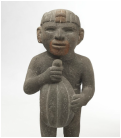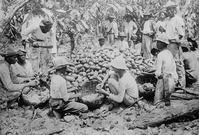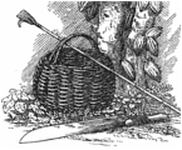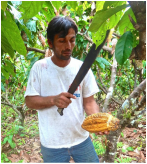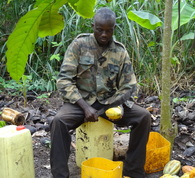Background
|
Inhabitants of Central America first produced a chocolate drink from fermented cocoa beans over 3,000 years ago.
Spanish explorers brought the new beverage to European countries which later introduced cocoa trees in their tropical colonies of Africa and Asia. The harvesting, fermentation and drying methods of cocoa beans have remained largely the same ever since. Today, the demand for chocolate is large and continues to grow…
70% of the world’s supply of cocoa bean comes from the tropical rain forests of West Africa.
Over 3 million smallholder farmers in West Africa alone are estimated to make their living harvesting, fermenting and drying cocoa bean.
The sustainability of cocoa - apart from even the possibility of increased supply - depends mostly on the improved productivity, efficiency and security of cocoa farmers themselves.
A new hand tool is required - one that replaces the machete and substantially helps the cocoa farmer improve the quality of dried cocoa bean for world markets and, in turn, benefit the family's livelihood. |
